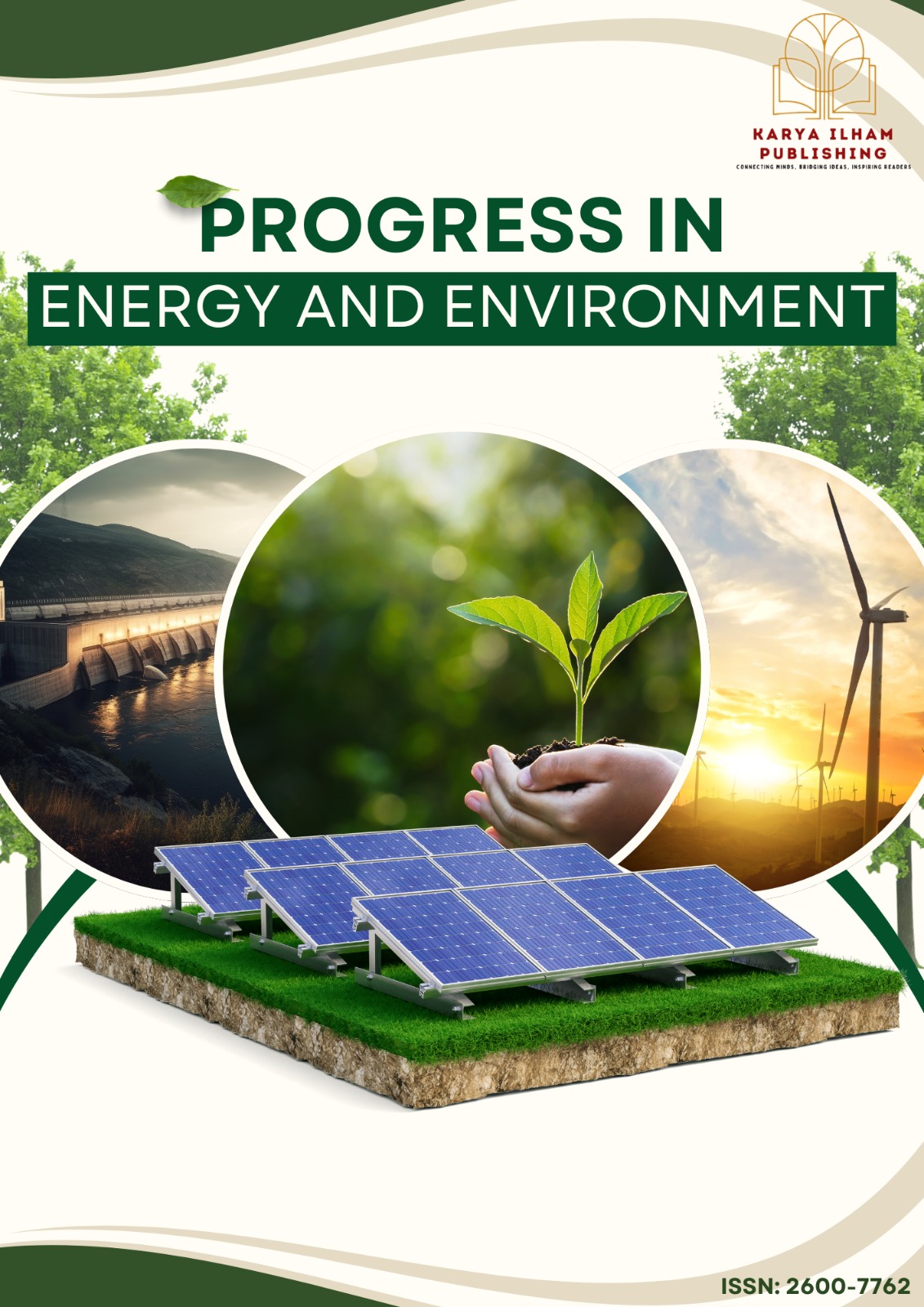The Characteristics of Concrete for Controlling Building Noise Reduction
Keywords:
Building Acoustic, Concrete, Acoustic Performance, Sound Absorption, Noise ReductionAbstract
Improving building acoustics is increasingly crucial due to urban growth and the impacts of noise pollution on the health and productivity of human beings. Concrete is a common building material often facing sound absorption and noise transmission challenges. Research shows that noise pollution, particularly in urban settings, can have adverse physical and psychological effects, making the need for enhanced acoustic design in buildings more urgent. Studies indicate that the degree of sound reflection in such modified concretes depends largely on specific aggregate types, pore size and distribution, and other changes in mix composition. This research investigates how properties like density and porosity of concrete influence acoustic performance, focusing on lightweight, high-density, and porous concrete types. Therefore, this research aims to identify the most effective type of concrete for enhancing acoustic performance in buildings. This research will offer practical recommendations for concrete selection based on acoustic needs by examining various concrete formulations and how their properties influence sound behaviour.
References
[1] N. I. R. R. Hannan, S. Shahidan, N. Ali, N.M. Bunnori, S.S.M. Zuki, and M.H.W. Ibrahim, Acoustic and Non-Acoustic Performance of Coal Bottom Ash Concrete as Sound Absorber for Wall Concrete. Case Studies in Construction Materials 13 (2020) e00399. https://doi.org/10.1016/j.cscm.2020.e00399.
[2] T.S. Tie, K.H. Mo, A. Putra, S.C. Loo, U.J. Alengaram, and T.C. Ling, Sound Absorption Performance of Modified Concrete: A Review. Journal of Building Engineering 30 (2020) 101219. https://doi.org/10.1016/j.jobe.2020.101219.
[3] M. Amran, R. Fediuk, G. Murali, N. Vatin, and A. Al-Fakih, Sound-Absorbing Acoustic Concretes: A Review. Sustainability 13(19) (2021) 10712. https://doi.org/10.3390/su131910712.
[4] H.K. Kim, and H.K. Lee, Influence of Cement Flow and Aggregate Type on the Mechanical and Acoustic Characteristics of Porous Concrete. Applied Acoustics 71(7) (2010) 607–615. https://doi.org/10.1016/j.apacoust.2010.02.001.
[5] N. Holmes, A. Browne, and C. Montague, Acoustic Properties of Concrete Panels with Crumb Rubber as a Fine Aggregate Replacement. Construction and Building Materials 73 (2014) 195–204. https://doi.org/10.1016/j.conbuildmat.2014.09.107.
[6] C. Von Soest. Why Do We Speak to Experts? Reviving the Strength of The Expert Interview Method. Perspectives on Politics 21 (2022) 277–287. https://doi.org/10.1017/s1537592722001116.
[7] G.A. Ganesh, S.L. Sinha, T.N. Verma, and S.K. Dewangan, Investigation of Indoor Environment Quality and Factors Affecting Human Comfort: A Critical Review. Building and Environment 204 (2021) 108146. https://doi.org/10.1016/j.buildenv.2021.108146.
[8] A. Adekunle, O.O. Mary, A.O. Tope, and S.M. Caesar, Estimation of noise pollution parameters and their health effects on building occupants in Lagos State, Nigeria. International Journal of Advanced Academic Research (Sciences, Technology and Engineering) 7(1) 64–86. https://doi.org/10.46654/ij.24889849.e7129.
[9] L. Shtrepi, A. Astolfi, E. Badino, G. Volpatti, and D. Zampini, More Than Just Concrete: Acoustically Efficient Porous Concrete with Different Aggregate Shape and Gradation. Applied Sciences 11 (2021) 4835. https://doi.org/10.3390/app11114835.
[10] R. Fediuk, M. Amran, N. Vatin, Y. Vasilev, V. Lesovik, and T. Ozbakkaloglu. Acoustic Properties of Innovative Concretes: A Review. Materials 14 (2021) 398. https://doi.org/10.3390/ma14020398.
[11] N. Chalangaran, A. Farzampour, N. Paslar, and H. Fatemi, Experimental Investigation of Sound Transmission Loss in Concrete Containing Recycled Rubber Crumbs. Advances in Concrete Construction 11 (2021) 447. https://doi.org/10.12989/acc.2021.11.6.447.
[12] M. Atef, G. Bassioni, N. Azab, and M.H. Abdellatif, On the Acoustical Performance of Eco-Friendly Cementitious Composite with Recycled Fine Rubber Particles. Construction and Building Materials 325 (2022) 126830. https://doi.org/10.1016/j.conbuildmat.2022.126830.
[13] J. Caulfield, How to do Thematic Analysis | Step-by-Step Guide & Examples, Scribbr (2023). https://www.scribbr.com/methodology/thematic-analysis/.
[14] A. Bala, and S. Gupta, Thermal Resistivity, Sound Absorption and Vibration Damping of Concrete Composite Doped with Waste Tire Rubber: A Review. Construction and Building Materials 299 (2021) 123939. https://doi.org/10.1016/j.conbuildmat.2021.123939.

Downloads
Published
Issue
Section
License
Copyright (c) 2025 Progress in Energy and Environment

This work is licensed under a Creative Commons Attribution-NonCommercial 4.0 International License.











